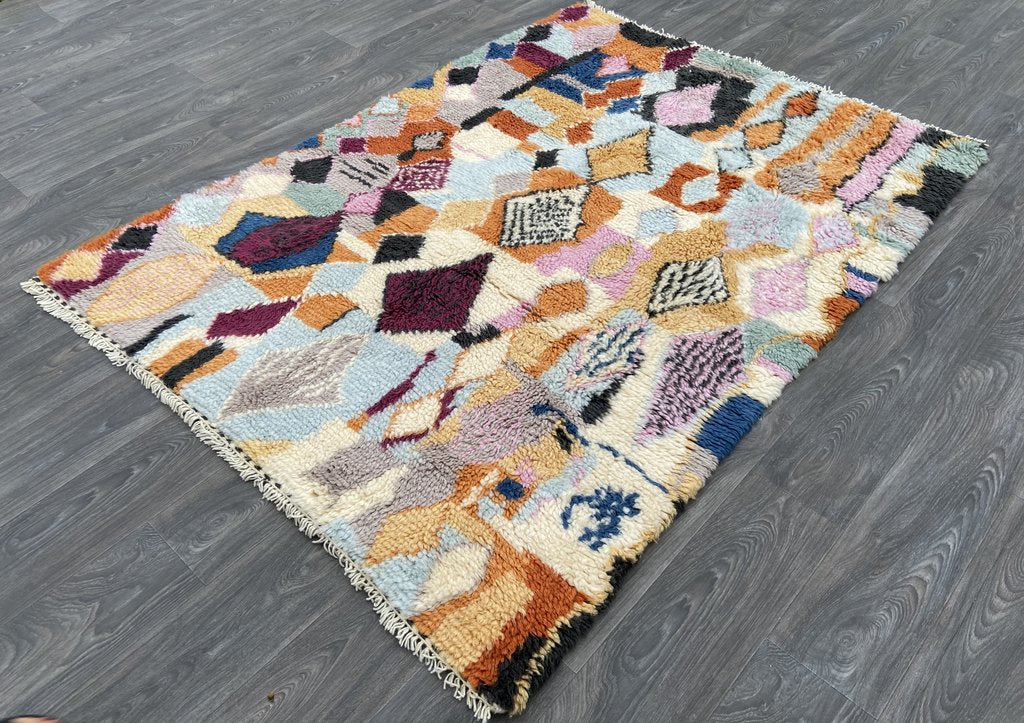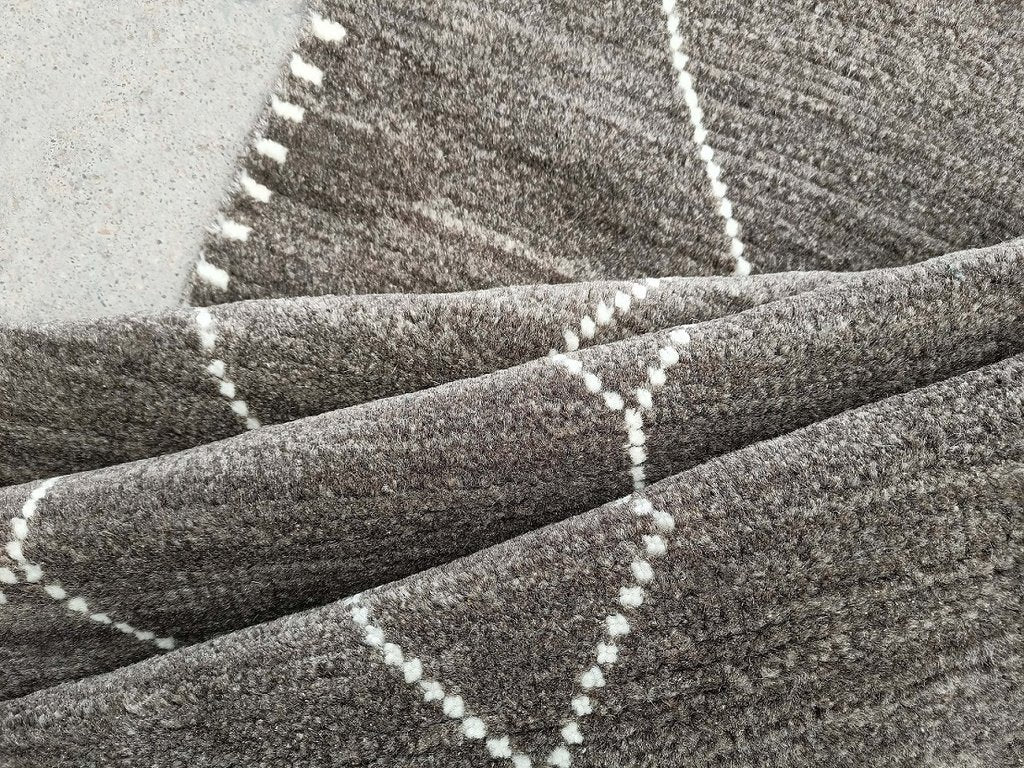Furnishing Guide: How to Properly Position Your Indoor Rugs
Vintage rugs and antique carpets have unique styles and textile patterns that can make any drab indoor space look exotic and exciting. It can turn any minimalist environment into a more cohesive interior, adding a collection of palettes and colors that pop or blend with your furnishing.

Like any furnishing piece, the placement of indoor rugs needs to follow form and function. Although it can seem straightforward to lay an indoor rug in your different rooms, there are guidelines and practices you need to follow.
This article will go over three areas in your home and how you can properly install a vintage rug.
- Living Rooms
Since living rooms can vary from compact to spacious, you need to appropriately match your rug’s size. Sometimes, you may opt for a round rug over a rectangular one, depending on the room’s shape and orientation. If you plan to place an entire sofa within the rug’s surface, make it a point to have an allowance of six inches from each edge. Since you have to cover several sofa chairs and a table, make sure you have enough space in between for foot traffic.
If you don’t have the budget to fill an entire rug with your living room furnishing, you can place your rug between the front legs of your couches. It’s a versatile option that highlights the edges of your furniture while giving you the choice of placing your couch against a wall. You can use the same allowance of six inches of distance from the edge of the rug to the front legs.
- Dining Rooms
Dining room rugs must contain all the pieces of your dining set, from tables to chairs. Since you’ll need to allot an allowance for pulling the chair from the table, you need a minimum of 24 inches from the edge to your table’s legs. This ensures that chairs will remain on the rug even when pushing them back for people to sit on. It’s necessary to account for this allowance even if you plan to buy a round-shaped rug or a rectangular shape. Make sure that the shape of your rug matches your table’s to maintain the consistency of your dining room.
- Bedrooms
Unlike bedrooms and dining rooms, your rug shouldn’t be the focal point of your room. Instead, its placement should be a complement to your bedroom through proper placement. Besides the bed itself, you also need to consider nightstands, side tables, benches, and other furnishings when placing your rug.
Similar to dining rooms, you can opt to lay down your rug to surround the bed and nearby furnishings like nightstands and benches. Keep at least an 18 to 24 inches allowance around the edge to allow enough space for walkways. If your rug is already too close to your walls, it may be better to cover just 2/3s of your bedroom.
Playing a rug perpendicular to your bed is a great way to divide the room without getting too much attention. The same ruling of 18 to 24-inch allowance applies. For the best effect, queen-size beds work best with an 8 x 10 rug, while king-size ones will work with 9 x 12 ones.
Conclusion
The proper placement of your rug is an art form in itself. Install a rug improperly, and you’ll have a glaring mismatch to your interior design. One way to prevent these blunders is to purchase the right size and design that complements your room’s overall aesthetic.
Atlas Weavers is the premier supplier of Moroccan decorative rugs, with each piece made from unique and exceptional quality. We have a wide selection of vintage Moroccan rugs, Atlas Berber rugs, Beni Ourain rugs, and more! If you want to purchase our elegant hand-woven textile products, order from us today!
Continue reading


















